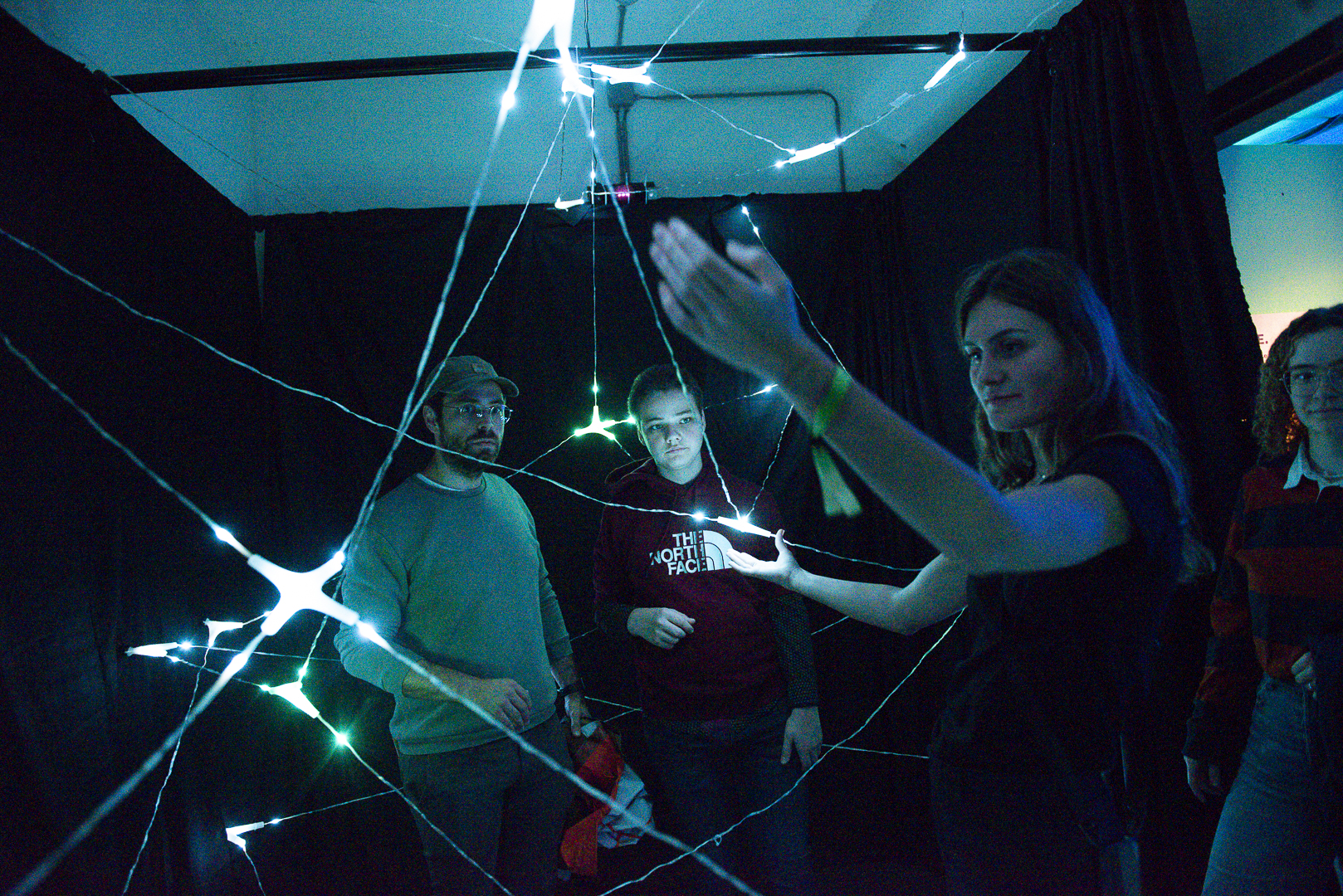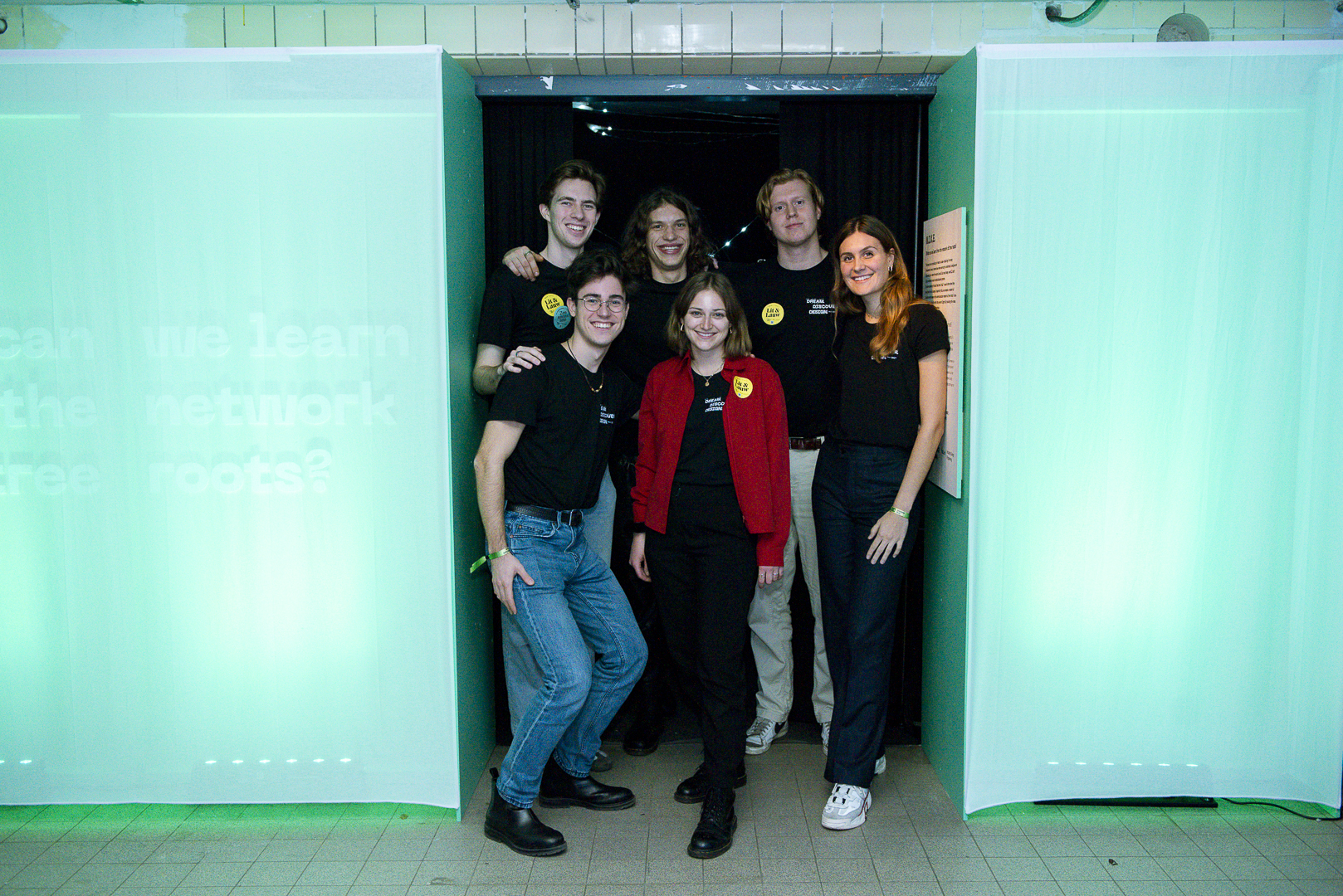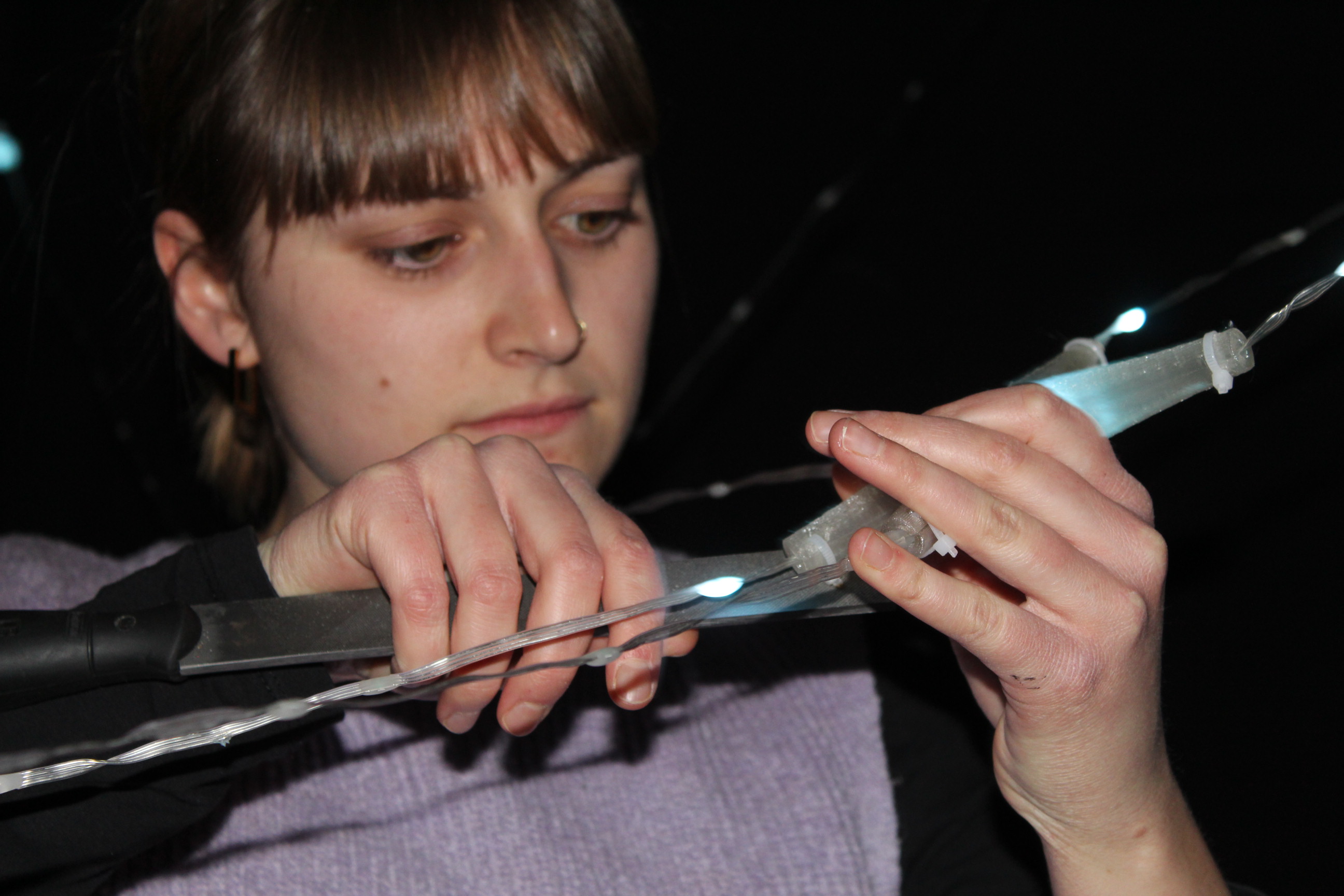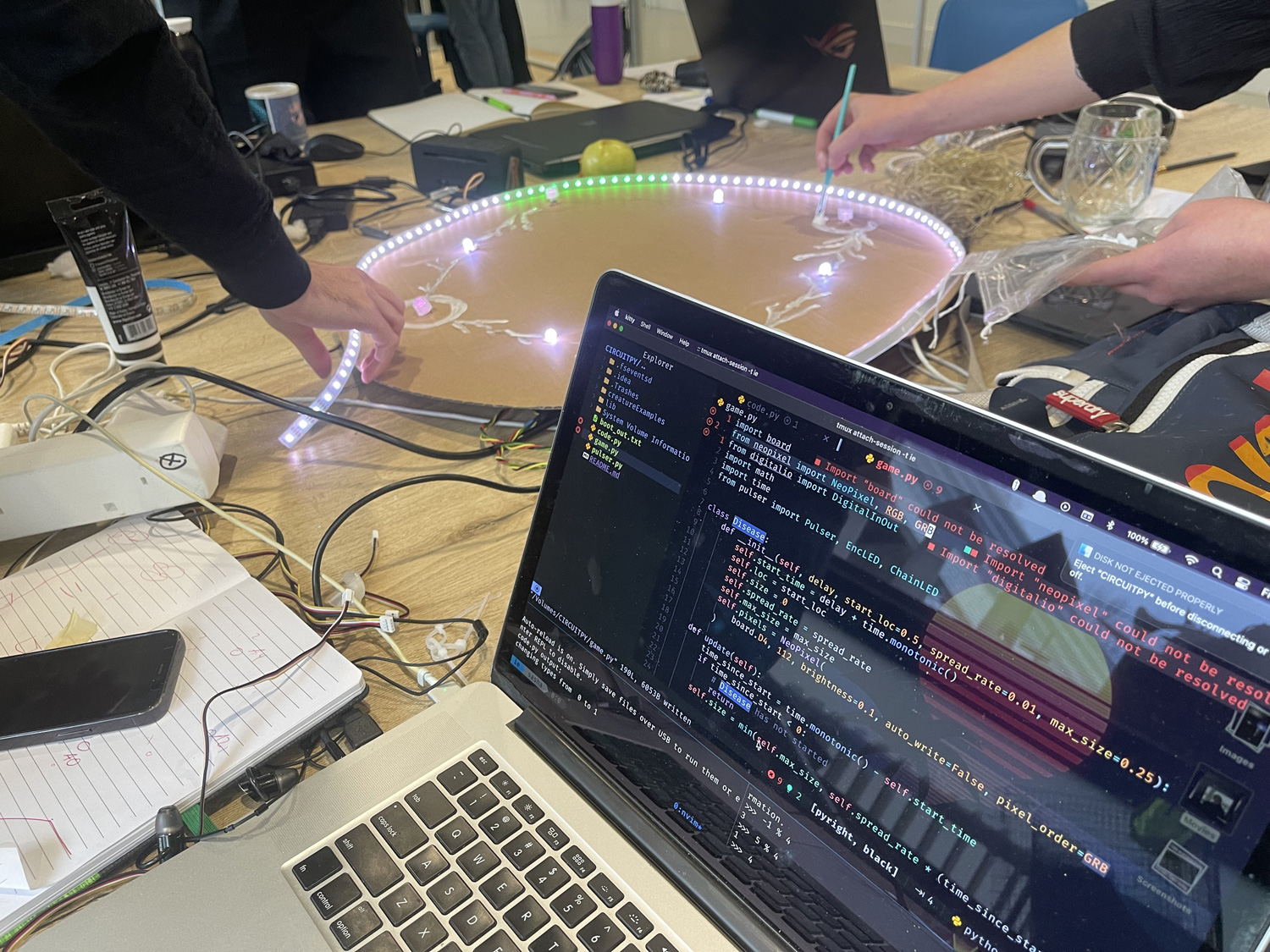M.I.K.E.
What can we learn from the network of tree roots?
In an increasingly urbanised and high-tech world where nature is disappearing, primarily because of
human activity, it is important to go back to our roots and ask questions like: what can we learn from
nature? And not look for ways to outdo it or get around it. If we want to move forward into the future with a
healthy planet, we must find ways to try to understand nature, work with it, and include it in human
progress.
And there is so much to learn from nature! Humans have been trying to understand natural phenomena for our whole existence, and there is always more to discover. For example, nature’s amazingly complex systems such as the incredible and surprising network of roots through which trees and fungi can communicate about needing food or feeling danger. Communication occurs via so-called mycorrhizal networks by sending electrical signals or certain minerals and fluids through mycelium, the tiny roots of fungi. They exist basically everywhere plants do, and they can be absolutely massive, connecting whole forests! Trees can warn each other about diseases or fires that are spreading so their neighbours can prepare, or even share water and nutrients with a smaller tree that doesn’t get as much light. Networks like these were only discovered within the last 20 years. Mycorrhizal networks have been compared to human communities and the internet. Trees are much more like us than we thought!
To open people’s eyes to the existence of these networks, students in the TU Delft Interactive Environments Minor created MIKE. Visitors are invited to step into a web of lights representing a mycorrhizal network where they can see how it works and can almost become a part of the network themselves. Visitors experience the network by becoming actors within it; they send messages along LED strips to other parts of the web or other visitors by touching nodes. People can work together to send messages back and forth between each other and light up the whole network. The goal is that by immersing themselves in this network, visitors walk away with a greater understanding and more empathy for nature.
And there is so much to learn from nature! Humans have been trying to understand natural phenomena for our whole existence, and there is always more to discover. For example, nature’s amazingly complex systems such as the incredible and surprising network of roots through which trees and fungi can communicate about needing food or feeling danger. Communication occurs via so-called mycorrhizal networks by sending electrical signals or certain minerals and fluids through mycelium, the tiny roots of fungi. They exist basically everywhere plants do, and they can be absolutely massive, connecting whole forests! Trees can warn each other about diseases or fires that are spreading so their neighbours can prepare, or even share water and nutrients with a smaller tree that doesn’t get as much light. Networks like these were only discovered within the last 20 years. Mycorrhizal networks have been compared to human communities and the internet. Trees are much more like us than we thought!
To open people’s eyes to the existence of these networks, students in the TU Delft Interactive Environments Minor created MIKE. Visitors are invited to step into a web of lights representing a mycorrhizal network where they can see how it works and can almost become a part of the network themselves. Visitors experience the network by becoming actors within it; they send messages along LED strips to other parts of the web or other visitors by touching nodes. People can work together to send messages back and forth between each other and light up the whole network. The goal is that by immersing themselves in this network, visitors walk away with a greater understanding and more empathy for nature.
About the designers
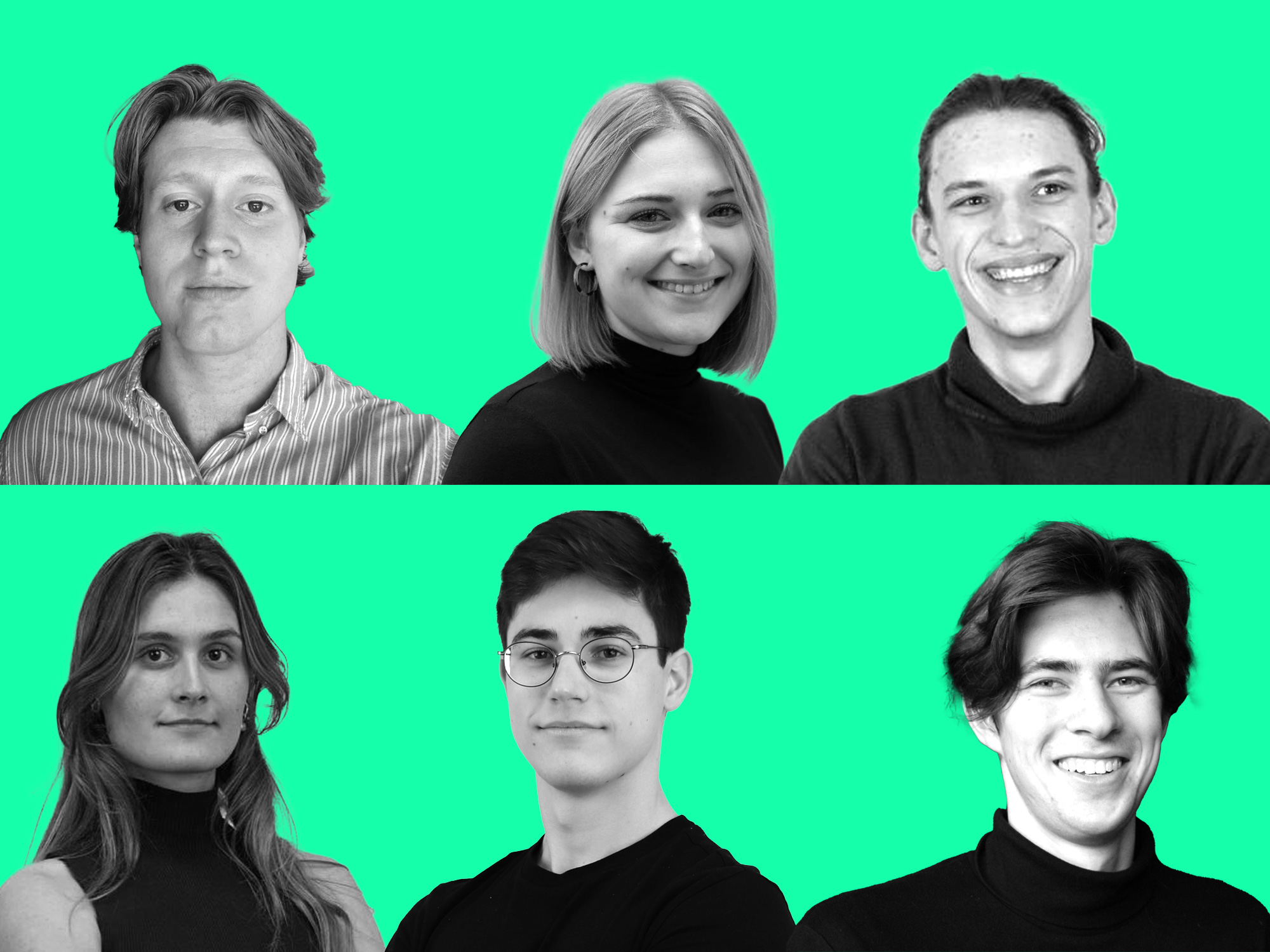
Interactive Environments Minor 2022
Coaches: Govert Flint, Martin Havranek, Aadjan van der Helm, Tomasz Jaskiewicz, Wim Schermer, Dieter Vandoren.
The MIKE team came together in the Interactive Environments Minor at TU Delft in autumn 2022. All teams in the minor were tasked with creating an interactive space to tell a science story for the TU Delft Science Centre. Specifically, the MIKE team was tasked with creating a spatial experience representing a complex network. At the beginning the focus was on making a version of the human brain, but mycorrhizal networks were more approachable, interesting, and presented the opportunity to tell a relevant story. Through a long process of iteration which included small scale models, acting things out, and testing the space with users, the final design was achieved. The concept went from an interactive wall, to a dome, to a web of LED strips. AI recognition of infrared camera input was selected as the sensing method because it was the most elegant: no extra wires inside the space. MIKE was exhibited at the Highlight Delft art and technology festival, and when the opportunity came to show it to more people the team jumped at the opportunity. The members of team MIKE have a diverse set of skills and backgrounds and love working and learning together. These are the members:
Rita Górriz Salanova (2001):
Industrial Design exchange student from UPV in Valencia, Spain who did the sound design along with filming and editing video for the installation.
Olaf Kamperman (2002):
Industrial Design Engineering exchange student from Georgia Tech in Atlanta, U.S., who designed the nodes, did much of the visualization and storyboarding, and is the voice in the installation.
Alexander (Sasha) Kiselev (2000):
Aerospace Engineering student at TU Delft, who did all the technical work for the installation, including programming the lights, training an AI model to recognise hands touching nodes from the infrared camera footage, and making everything faster.
Julia Kleinwächter (1997):
Industrial Design exchange student from Stuttgart, Germany, who managed the team and designed and installed much of the draping for the installation.
Tieme van Wijnen (2000):
Architecture student at TU Delft who designed much of the interior space and created architectural diagrams for the installation.
Pablo Yániz González (2001)
Industrial Design exchange student from UPV in Valencia, Spain who did all the graphic design work and helped with filming and editing the video.
Along with the tasks listed above, everyone worked on research, brainstorming, iterating on the concept, and building the installation.
Coaches: Govert Flint, Martin Havranek, Aadjan van der Helm, Tomasz Jaskiewicz, Wim Schermer, Dieter Vandoren.
The MIKE team came together in the Interactive Environments Minor at TU Delft in autumn 2022. All teams in the minor were tasked with creating an interactive space to tell a science story for the TU Delft Science Centre. Specifically, the MIKE team was tasked with creating a spatial experience representing a complex network. At the beginning the focus was on making a version of the human brain, but mycorrhizal networks were more approachable, interesting, and presented the opportunity to tell a relevant story. Through a long process of iteration which included small scale models, acting things out, and testing the space with users, the final design was achieved. The concept went from an interactive wall, to a dome, to a web of LED strips. AI recognition of infrared camera input was selected as the sensing method because it was the most elegant: no extra wires inside the space. MIKE was exhibited at the Highlight Delft art and technology festival, and when the opportunity came to show it to more people the team jumped at the opportunity. The members of team MIKE have a diverse set of skills and backgrounds and love working and learning together. These are the members:
Rita Górriz Salanova (2001):
Industrial Design exchange student from UPV in Valencia, Spain who did the sound design along with filming and editing video for the installation.
Olaf Kamperman (2002):
Industrial Design Engineering exchange student from Georgia Tech in Atlanta, U.S., who designed the nodes, did much of the visualization and storyboarding, and is the voice in the installation.
Alexander (Sasha) Kiselev (2000):
Aerospace Engineering student at TU Delft, who did all the technical work for the installation, including programming the lights, training an AI model to recognise hands touching nodes from the infrared camera footage, and making everything faster.
Julia Kleinwächter (1997):
Industrial Design exchange student from Stuttgart, Germany, who managed the team and designed and installed much of the draping for the installation.
Tieme van Wijnen (2000):
Architecture student at TU Delft who designed much of the interior space and created architectural diagrams for the installation.
Pablo Yániz González (2001)
Industrial Design exchange student from UPV in Valencia, Spain who did all the graphic design work and helped with filming and editing the video.
Along with the tasks listed above, everyone worked on research, brainstorming, iterating on the concept, and building the installation.
What we do at TU Delft
Industrial Design Engineering?
Microorganisms, such as algae, bacteria, and fungi form a huge design potential in a world which needs
to reduce its reliance on materials derived from fossil fuels. That is why our faculty recently opened the
Biodesign Lab,
researchers will explore the design potential of living organisms under guidance of
Professor
Elvin Karana.
Furthermore, in the
Interactive Environments Minor,
led by lecturer
Aadjan van der Helm
and where MIKE was created, students explore the possibilities for dynamic, interactive spaces
in which people and buildings engage in a mutual relationship.

